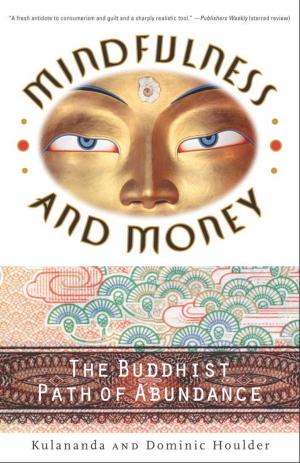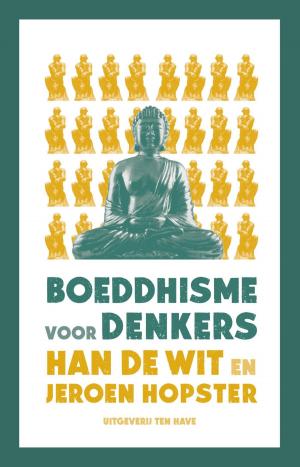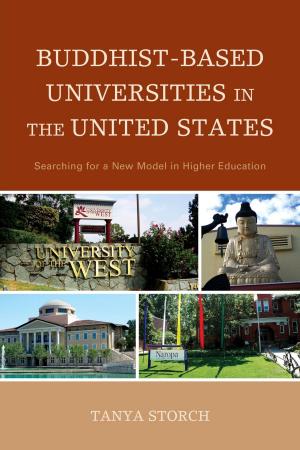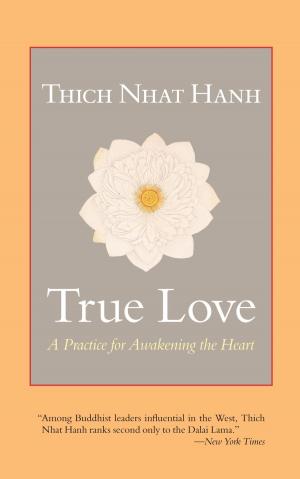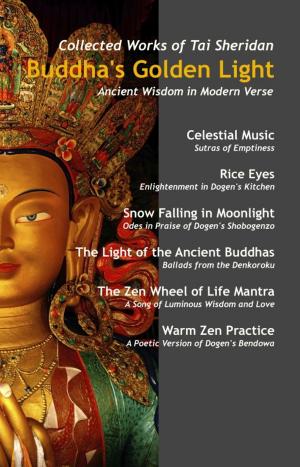Looking West: A Primer for American Buddhism
Nonfiction, Religion & Spirituality, Eastern Religions, Buddhism| Author: | Charles Prebish | ISBN: | 9781466101838 |
| Publisher: | Charles Prebish | Publication: | December 28, 2011 |
| Imprint: | Smashwords Edition | Language: | English |
| Author: | Charles Prebish |
| ISBN: | 9781466101838 |
| Publisher: | Charles Prebish |
| Publication: | December 28, 2011 |
| Imprint: | Smashwords Edition |
| Language: | English |
Buddhism has been present on American soil for nearly two centuries. During that time it has grown from a small population of almost exclusively Asian American immigrants to perhaps as many as six million followers today. These American Buddhists are a hybrid mix of virtually all American races and cultures. They are both rural and urban, come from all walks of life, and manifest an incredibly diverse spectrum of professions. What unites them is their common concern for following the teachings of the historical Buddha, Siddhartha Gautama, aimed at eliminating human suffering and manifesting compassion for all beings. This little primer highlights the vast variety of Buddhist traditions in America, focusing on virtually all of the communities in the Theravada, Mahayana, and Vajrayana traditions. It describes the Asian Buddhist masters who brought Buddhism to America, as well as their successors and the new generation of Western Buddhist teachers who they trained and empowered. It explains the various practices these communities employ, both meditational and non-meditational. In addition, it describes the communities that have grown up in American cities and the rural countrysides. It offers a clear typology for examining the American Buddhist tradition which includes ethnicity, practice, democratization, social engagement, and adaptation. It describes how we determine just who is a Buddhist in America and how Buddhists present on American soil can work together respectfully while maintaining sometimes differing sectarian affiliations. Finally, it takes a look into the future of the coming century, imagining how American Buddhism will further develop in the coming years.
Buddhism has been present on American soil for nearly two centuries. During that time it has grown from a small population of almost exclusively Asian American immigrants to perhaps as many as six million followers today. These American Buddhists are a hybrid mix of virtually all American races and cultures. They are both rural and urban, come from all walks of life, and manifest an incredibly diverse spectrum of professions. What unites them is their common concern for following the teachings of the historical Buddha, Siddhartha Gautama, aimed at eliminating human suffering and manifesting compassion for all beings. This little primer highlights the vast variety of Buddhist traditions in America, focusing on virtually all of the communities in the Theravada, Mahayana, and Vajrayana traditions. It describes the Asian Buddhist masters who brought Buddhism to America, as well as their successors and the new generation of Western Buddhist teachers who they trained and empowered. It explains the various practices these communities employ, both meditational and non-meditational. In addition, it describes the communities that have grown up in American cities and the rural countrysides. It offers a clear typology for examining the American Buddhist tradition which includes ethnicity, practice, democratization, social engagement, and adaptation. It describes how we determine just who is a Buddhist in America and how Buddhists present on American soil can work together respectfully while maintaining sometimes differing sectarian affiliations. Finally, it takes a look into the future of the coming century, imagining how American Buddhism will further develop in the coming years.


